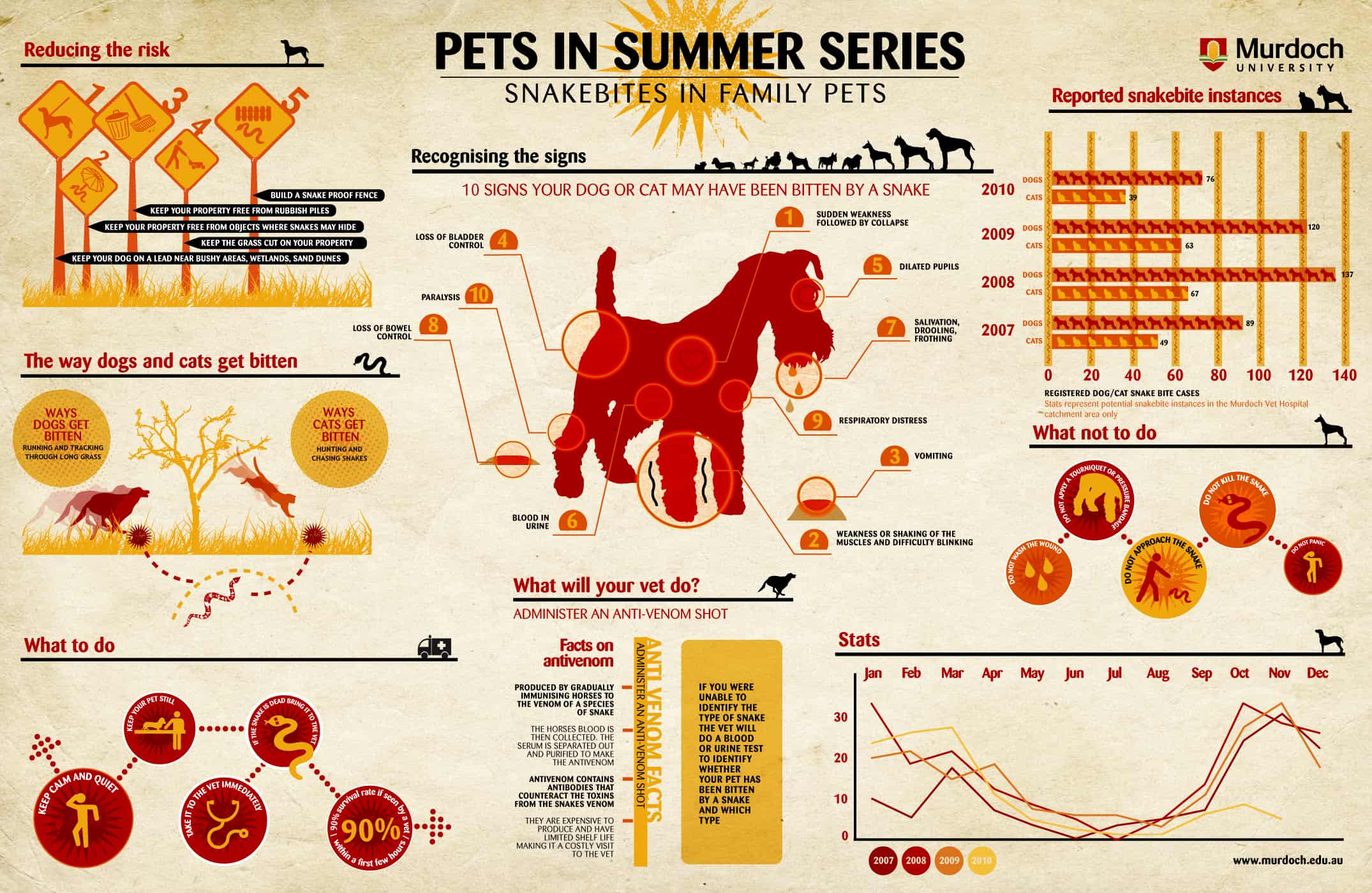Dog Daycare Vs Crate Training
Dog Daycare Vs Crate Training
Blog Article
Is Canine Childcare Stressful?
Many dogs love daycare and are happy to be with their fur siblings all the time. Nevertheless, for some dogs it can be difficult.
Look for a facility with licensed instructors and behaviorists that get on the floor whatsoever times, watching over the group play. This is especially vital for pets who are reactive, exhibit source securing or come to be antisocial or compulsive.
1. Overcrowding
For numerous dogs, daycare is a favorable experience that supplies physical and mental exercise to burn off pencil up power. Nevertheless, the influx of brand-new pet dogs, smells and environments can be overwhelming for some pets.
Pet dogs must be paired with various other pets that are comparable in size, age, socialization and play design to make sure security and avoid overstimulation. However, congestion prevails at canine daycares and can create character clashes and bullying that result in injuries.
Ask what precaution the center requires to keep your dog secure. For instance, is there an exterior area for canines to leave the crowds? Does the center have routine breaks for your pup to calm their nerves? Ask what sort of first aid and CPR training staff members have and if they recognize with administering drug to your pet dog. Likewise, it is essential to make sure your pet dog's food and drugs are in a classified bag that day care staff can promptly gain access to.
2. Changes in regular
The end of summer season is coming and with it comes huge changes as youngsters go back to school and individuals return to their job timetables. This can be demanding for your dog. They'll miss all the walking and playtime you do together and may begin to feel bored. Their behavior may change also, such as excessive barking or devastating habits.
Dogs enjoy routine, so a sudden change in their everyday routine can create them tension. See to it to prepare ahead and slowly alter your feeding and stroll times in the weeks leading up to back-to-school. This will aid your canine acclimate to their brand-new routine and lower any type of undesirable habits.
Childcare is an outstanding means for dogs to obtain plenty of physical and psychological exercise, particularly if they are young or energised. They also obtain socialization experiences that will certainly build self-confidence and good behaviors, which can help them handle the anxiety they could experience from things like journeys to the vet, sees to your home or office and various other stressful events.
3. Splitting up anxiety
The drop off and grab process can be a little bit demanding for canines, specifically when it's the first time. Lots of dog childcares provide a regular daily timetable, and in time this aids family pets feel comfy and protected while they're far from their owners.
Structured play, structured rest periods and routine treat times all assist pets develop a feeling of familiarity and predictability. This, incorporated with positive reinforcement, aids ease splitting up anxiety signs.
Socializing also maintains pets physically and emotionally occupied, which can make them much less responsive to dog boarder near me stressors when they're home. This, together with positive support, aids to decrease stress and anxiety and rise self-worth.
4. Unsupervised play
Pet dogs that are not mingled routinely can end up being anti-social-- this is commonly viewed as canine hostility. This can take place also in a well-managed daycare setting, so be sure to enjoy the pet dogs carefully. Search for a proportion of 11 or much less pets to floor people. Personnel must be playing and connecting with the dogs, not sitting at their desks or staring at their phones.
The facility must have a silent area where the dogs can unwind and charge in between play sessions. This is specifically vital for high-energy types that need to burn off additional energy or low-energy older pet dogs.
Ask the team what they do to maintain the dogs calm. They should utilize favorable support (appreciation, stroking, play) and never ever use physical punishment or aversives. They ought to likewise be learnt family pet emergency treatment and mouth-to-mouth resuscitation. Last but not least, the facility should have an effective protocol for feeding times to prevent food hostility.